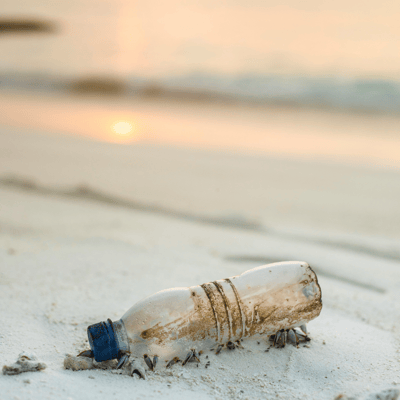
Here’s something we don’t like growing…The amount of plastic in the ocean. This is why we’re picking it up worldwide.
Why are plastic cleanups important?
More than eight million tonnes of plastic reach the oceans yearly, spewed via rivers, dumped along coastlines, or abandoned by fishing vessels. This plastic is negatively impacting the ocean ecosystem and marine life. 80% of ocean plastic comes from around 1500 polluted rivers, and a lot of this plastic becomes garbage patches in the middle of the oceans which are extremely inaccessible.
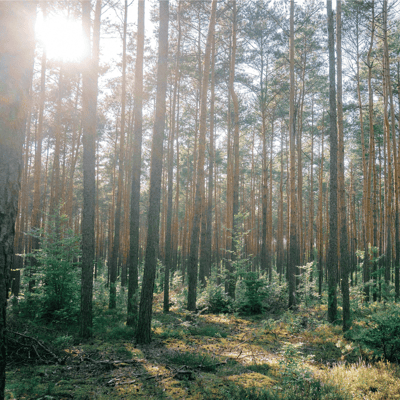
Trees don’t grow on trees. That’s why we’re planting endemic trees at key locations and fostering diverse ecosystems
Why is planting trees important?
Forests cover around 31% of the world’s land area, but deforestation rates have been increasing at an alarming rate in the past 40 years. Trees fulfill key aspects of life, including cleaning the air, filtering the water we drink daily, and providing a home to a multitude of species worldwide. For example, 80% of amphibians, 75% of birds, and 68% of mammals. On top of all this magic, trees absorb CO2 emissions and help regulate the world’s temperature.
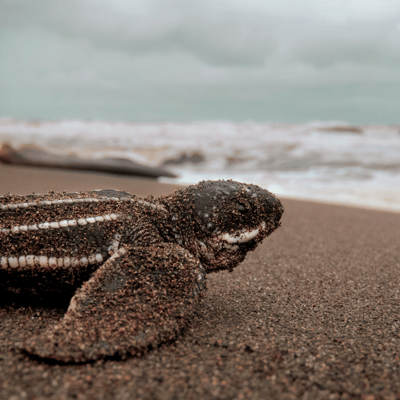
We ensure these little buddies thrive by keeping their habitats safe.
Why is protecting sea turtles important?
Sea turtles are known for being “keystone species,” meaning they have an essential role in the ecosystem. Turtles are regulating the food chain significantly, which means that instability for them equals instability for the whole food chain related to the turtles. They are also one of the most ancient creatures on Earth. Preserving them has a cultural, spiritual, and historical value.
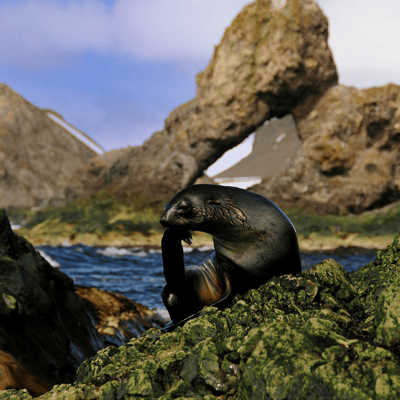
We protect marine area in key hotspots of the ocean. Casually.
Why is protecting marine area important?
Marine ecosystems encompass oceans, seas, and diverse habitats, covering 70% of the Earth’s surface, providing crucial benefits to humanity. Apart from being a vital food source and supporting economies, these ecosystems play a pivotal role in human well-being. They offer coastal protection, maintain marine biodiversity, and contribute to carbon sequestration. Mangroves and coral reefs, for instance, protect against extreme weather events such as storms and floods and absorb one-third of the carbon dioxide from human activities.
Protecting marine areas is essential to counteract overfishing, a threat affecting over 55% of the world’s coral reefs. Overharvesting disrupts the delicate balance, leading to issues like the growth of macroalgae, which can smother reefs and hinder their ability to adapt to other threats, such as poor water quality or warming ocean temperatures.

Our commitment is with mother earth, in all its forms. Welcome to ground control
Why is protecting land for wildlife important?
Protecting wildlife is essential to maintaining Earth’s biodiversity and a stable food chain. It is needed to ensure that different species of animals and plants continue to exist and to protect the ecological processes that support them.
Additionally, wildlife is connected deeply to different types of communities and cultures worldwide, making its protection indispensable.
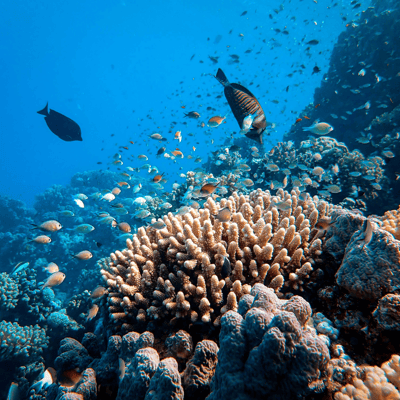
Welcome to the lungs of the sea, where endless creatures take refuge on.
Why is protecting coral reefs important?
Preserving coral reefs is essential as they act as a buffer for shorelines and coastal communities, create habitats for marine organisms, and provide an economic value of approximately $16.1 billion annually under healthy conditions. Coral reefs also play an important role in marine biodiversity, with an estimated quarter of all marine species dependent on them for their habitat. They benefit directly or indirectly the livelihoods of around 1 billion people worldwide.
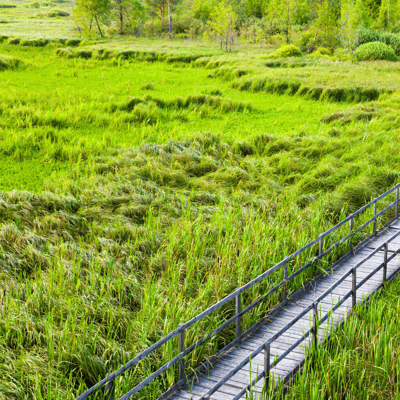
Our commitment is with Mother Earth, and its sons and daughters. Welcome to ground control
Why is purchasing land for nature reserves needed?
Purchasing land for nature reserves is vital for environmental conservation. These reserves serve as crucial habitats, protecting diverse ecosystems and species from extinction. Conservation efforts through land acquisition foster biodiversity by providing safe havens free from habitat destruction. Additionally, securing land aids in mitigating landscape fragmentation, ensuring wildlife connectivity, and reducing the risk of biodiversity loss. It also contributes to climate change resilience, acting as a buffer against extreme weather events and supporting carbon sequestration.







